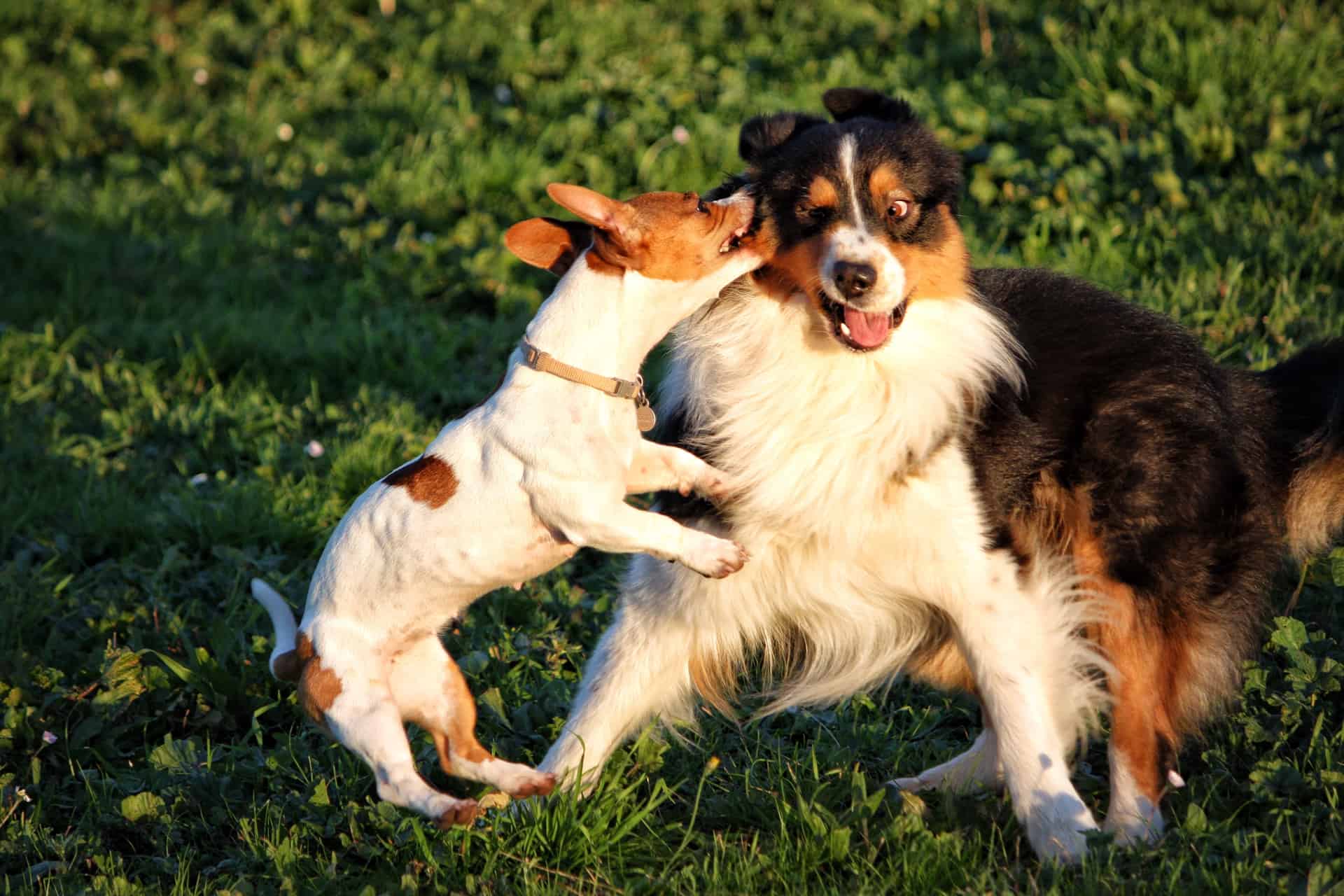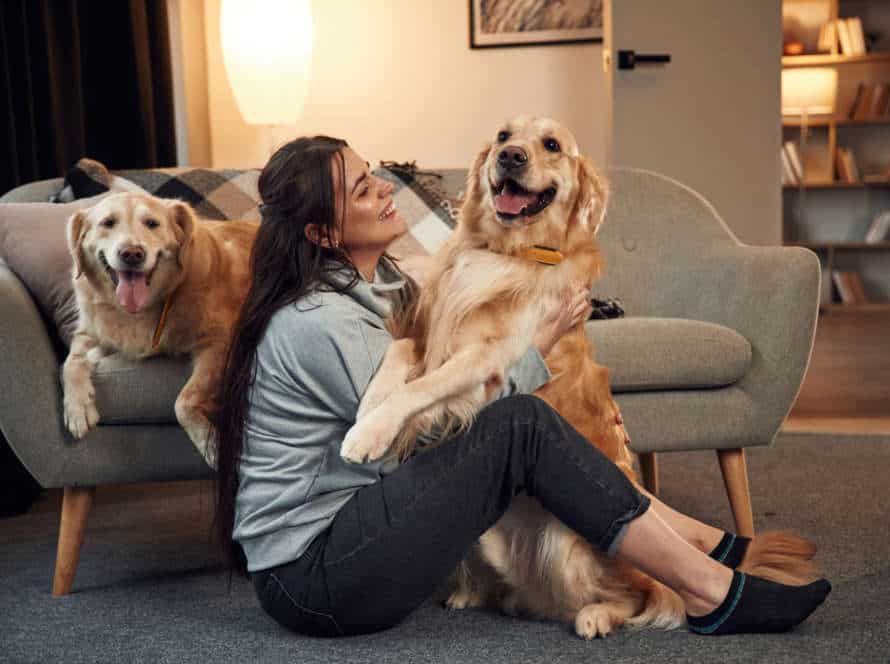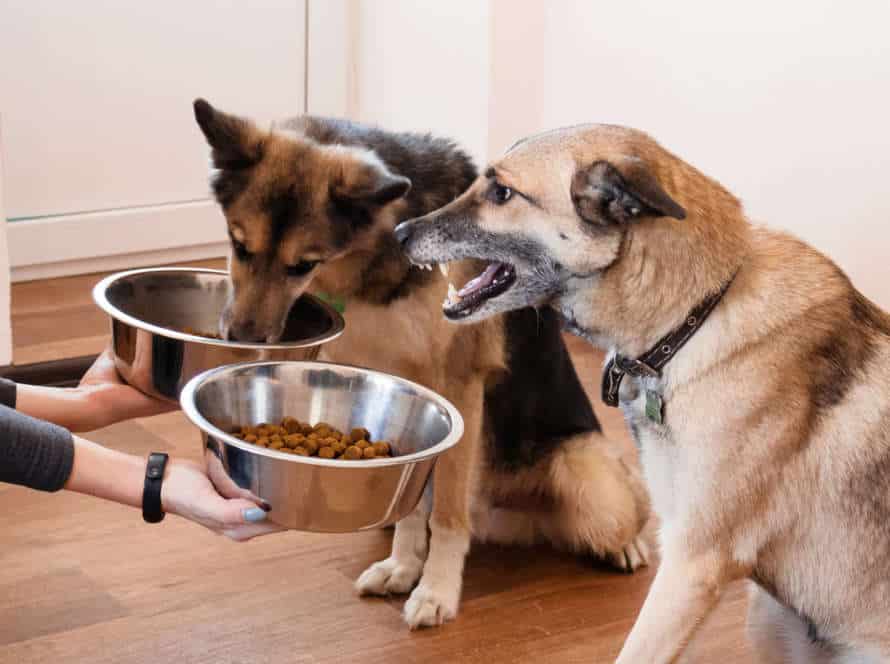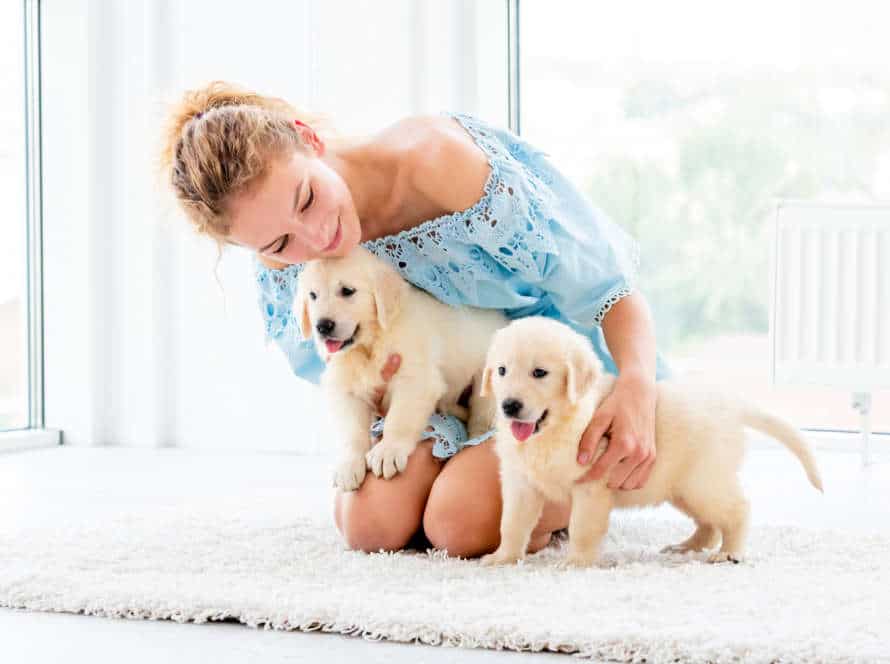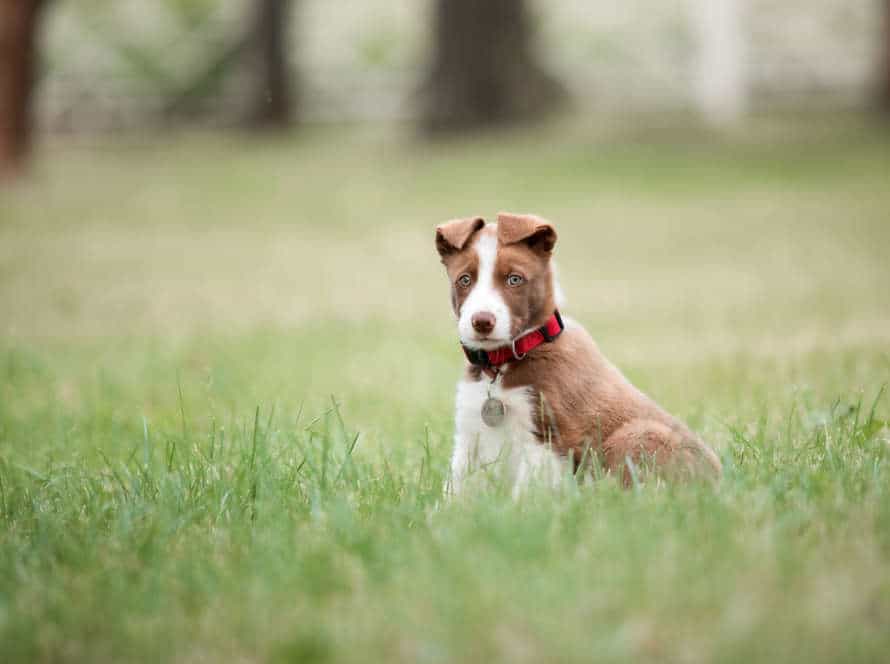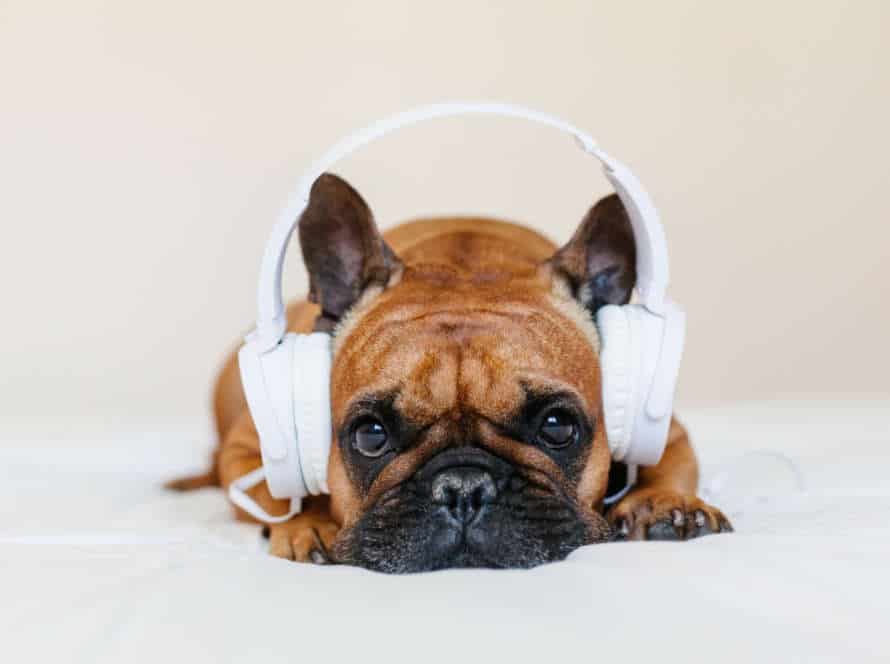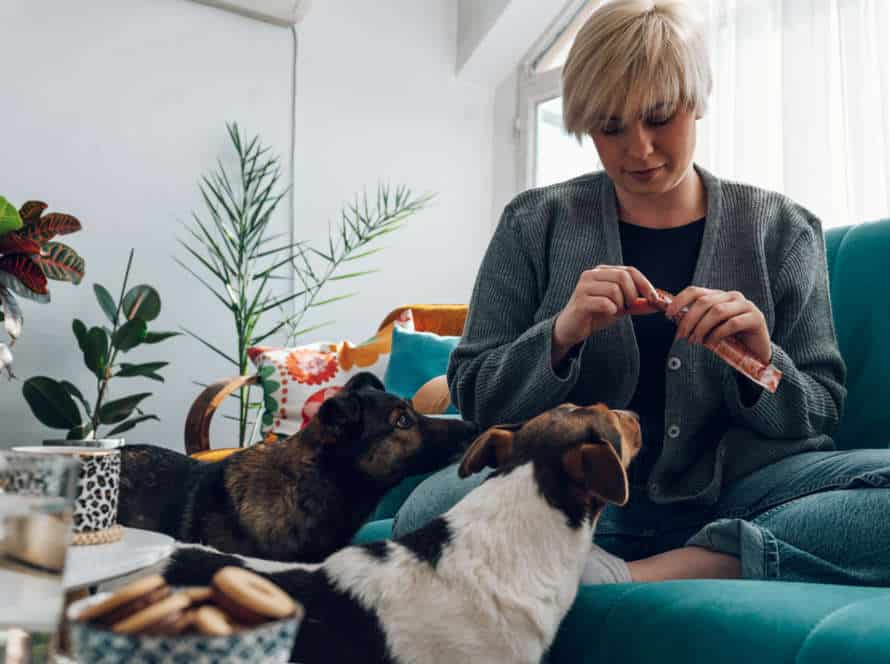Recognizing and Preventing Dog Park Conflicts
Dog parks are great for dogs to have fun and exercise! But, conflicts between them can happen if owners don’t pay attention. So, it’s important to be aware of and stop potential dog park problems. Here are some tips:
- Observe body language and behavior for signs of aggression or stress.
- No toys or treats that could cause competition.
- Keep dogs on a leash until reaching the dog park interior. Also, if they have aggression issues, keep them on a leash.
- Be aware of other dogs’ playstyles and intervene if needed.
- Keep an eye on your pup’s actions and take breaks when they become too excited.
By following these tips, you can help prevent and quickly address any issues at the dog park. This will guarantee a safe and enjoyable experience for all dogs and owners!
Types of Dog Park Conflicts
Dog parks are wonderful for pets to have fun and socialize. Unfortunately, conflicts between dogs can happen, making the situation difficult and dangerous. To help stop this, it is essential to acknowledge the main types of dog park conflicts. This part will talk about a few of them.
Dog-to-Dog Conflict
Dog-to-Dog Conflict is a common thing at dog parks. It can happen for various reasons. It’s necessary to recognize and stop it to keep all dogs safe.
Types of conflict:
- Resource guarding: Dogs can get protective of items, food, or places, leading to being aggressive with other dogs.
- Fear/Anxiety: Some pups may feel scared or threatened around unfamiliar dogs or in new places.
- Play style: Dogs have different play styles. Some might be rough, while others can be mellow.
- Medical issues: Dogs could be aggressive or grouchy if they’re not feeling well.
To avoid conflict, always watch your dog, don’t take a sick pup to the park, and pay attention to their play style and actions around other dogs. Take your dog away if it shows any aggressive behavior.
Dog-to-Human Conflict
Dog-to-human conflict can be a big issue in dog parks. It can cause harm to both humans and dogs. Knowing the types of dog park conflicts is key to preventing them.
Common dog park conflicts are:
- Dog-to-dog: One pup harassing or attacking another.
- Resource guarding, where dogs act territorial over food, toys, or areas of the park.
- Fear or anxiety leading to lashing out.
- Unruly behavior from untrained or unsocialized pups.
To avoid these issues, recognize signs of aggression, fear, or anxiety in your pup. Supervise them at all times. Be mindful of other dogs and their behavior. Train and socialize your pup before taking them to the dog park. Follow park rules and etiquette.
Resource Guarding Conflict
Resource guarding is a common issue at dog parks. This happens when dogs sense their access to valuable resources is being threatened. Examples of this are food, toys, or owners. Signs of resource guarding include growling, snapping, or biting. It is important to recognize these signs early and separate the dogs. Dog owners can also teach their dogs to share resources. Provide plenty of high-value toys and treats so fights don’t start. Supervise your dog in the park. Be ready to step in to prevent any conflict.
Recognizing Warning Signs of Dog Park Conflicts
At the dog park, watch out for signs of trouble between pups. Note them early and you’ll keep the peace. Common warnings could be: growling, raised fur, stiff posture and more. Stay alert when walking your pup!
Aggressive Body Language
Body language that’s aggressive is a key warning to recognize when aiming to prevent dog park conflicts. Dogs commonly use their body language to show their thoughts, and it’s essential to understand these signs to stop potentially dangerous situations.
Signs of aggressive dog body language to be aware of include:
- Stiff posture: When a dog stands stiffly with their tail straight and ears flattened against their head, this is an indication they are feeling anxious or disturbed.
- Growling: Growling is a definite sign that a dog is feeling troubled, scared, or threatened.
- Raised hair: When a dog’s hair stands up, it’s an example of aggression or fear.
- Staring: Dogs can intensely stare when they sense threatened or uneasy. This is a sign that a conflict might be close.
By understanding these warning signs, dog owners can take action before any conflicts start and lower the chance of injury to their dog or other park visitors.
Growling, Snarling, or Baring Teeth
Growling, snarling, or baring teeth? These are signs that a dog is feeling threatened or aggressive. As a dog owner, it’s important to be aware of these signals. Here are some tips to help you prevent any conflicts at the dog park:
- Check your dog’s body language and that of other dogs. Aggression could be shown through raised fur, stiff postures, and direct stares.
- If you notice warning signs, remove your pup calmly and let it cool down.
- Don’t bring toys or treats to the park – they could cause conflict.
- Keep your pup on a leash when entering and leaving the park – this helps avoid sudden encounters.
By following these tips, you can ensure a safe and enjoyable time at the dog park for you, your dog, and other visitors.
Stiff or Tense Body Posture
Stiff or tense body posture is a warning sign of dog park conflicts. As a responsible dog owner, it’s important to recognize these signs before a situation gets worse. Here’s what to look for:
- Tail: Held high & taut? It can show tension or aggression.
- Fur: Raised fur is a sign of arousal. It may mean they feel threatened.
- Eye contact: Staring? A dominance contest is happening.
- Lunging/Growling: Aggression. Address it right away.
If you see these signs, remove your dog from the park. Separate them from the other dog. It helps prevent conflict & injury. Supervise your dog and watch their body language. Prevention is key!
Preventing Dog Park Conflicts
Taking your pup to the park is awesome! Exercise, socialization; all good stuff! But there can be dangers. Dog Park Conflicts can happen. Don’t worry though, there’s ways to stop them! Learn how to spot potential conflicts before they get out of hand and how to stop them from becoming a problem. Let’s explore these ways!
Properly Socialize Your Dog
Socializing your pooch is key to averting clashes at dog parks and other social settings. Socialization helps dogs learn how to act properly around other canines and dodge aggression. Here’s how:
- Begin with introducing your pup to other dogs in managed settings, like on-leash walks or in dog-training classes.
- Progressively show your dog to distinct types of dogs, sizes, and breeds to assist them in forming positive connections and suitable behavior.
- Keep an eye on your dog’s body language and actions during socialization, and step in if they appear uneasy or hostile.
- Utilize positive reinforcement techniques like treats and compliments to honor good behavior and discourage bad behavior.
- Be regular with socialization to help your dog comprehend apt conduct in multiple situations.
Avoid Overcrowded Dog Parks
Crowds at dog parks can pose a risk to pets’ safety and cause distress. Here are ways to reduce the risks:
- Plan your visit during off-peak hours.
- Look for parks with plenty of room, multiple entry gates, and sections for small and large dogs.
- Be mindful of your dog’s behavior and body language. Remove them if they become aggressive or anxious.
- Keep your pup on the leash until inside the park and always supervise while off-leash.
- Consider alternatives like hiking trails or backyard playdates with dog friends in a securely fenced area.
Gradually Introduce Your Dog to Other Dogs
Introducing your pup to other pooches bit-by-bit is a cool way to keep away conflicts at the dog park. Here are some tips to identify and stop dog park clashes:
- Train your dog to know and obey simple commands, e.g. “sit,” “stay,” and “come.”
- Start by introducing your pup to one or two other pups in a spot that’s neither here nor there, like a park or yard.
- Keep watch over their interactions carefully, and take your dog away if they start to act aggressively.
- Gradually expand the number of dogs in the group when your pup gets more relaxed and better socialized.
- Closely watch your dog’s body language, and be ready to step in if needed.
- Remember that not all dogs are social animals, and some may never enjoy the dog park. It’s important to respect your dog’s limits and temperament.
By following these steps, you can help make sure your pup has a safe and enjoyable time at the dog park.
Keep an Eye on Your Dog at All Times
Keep your dog safe and conflict-free at the dog park! Sight, control, and body language are key to avoiding aggression between dogs. Bring no toys or treats, as these can trigger possessive behavior in certain pups. Monitor your dog’s energy levels, and take a break if they seem overly stimulated or tired. By following these tips, you can provide a relaxing and enjoyable experience for your pup and their fellow pooches!
Use Positive Reinforcement Training Techniques
Positive reinforcement techniques are great for avoiding dog park dramas! These involve rewarding good behavior with treats, toys, petting and verbal praise.
To use positive reinforcement in the dog park:
- Offer treats or other incentives when your pup behaves well.
- Praise and touch your pooch when they display good behavior.
- Be consistent with your training. Your pup will learn what’s expected if you reinforce good behavior often.
Positive reinforcement takes time and patience, but it’s a surefire way to keep away park drama and build a better bond between you and your pup!
What to Do If a Dog Park Conflict Occurs
Dog park conflicts can be a source of stress for owners and their pets. So, it is important to know the signs of potential disagreements. Also, here are tips to prevent them!
Let’s take a look at the indicators of dog park conflicts and how to avoid them.
Stay Calm
Dog park conflicts can be daunting. So, keeping calm and doing something to reduce stress is key. Here are some tips:
- Avoid shouting or panicking.
- See what’s happening and why.
- Interrupt and get their focus – use a loud noise or water squirt.
- If needed, remove your pup.
- If another dog owner is involved, chat calmly to sort things out.
- Be proactive and stop future problems – watch your dog and use a leash when needed.
- Remain chill and be a great dog owner to dodge and fix conflicts in the dog park.
Remove Your Dog Immediately
The title “Remove Your Dog Immediately” may sound tough, but it’s the best decision if you have a dog park issue. Here’s what you should do:
- Recognize aggression in dogs: Look for growling, snarling, raised hackles, and stiff body language. When your dog does these things, it’s time to leave.
- Prevent conflicts: Make sure your dog is socialized, vaccinated, and obedient. Watch your dog, and intervene if needed.
- What to do in case of conflict: Take away your dog asap and steer clear of arguments with other owners. If your dog is hurt, get veterinary help. Inform the park authorities if needed.
Remember, safety is key. It’s better to be careful and remove your pup from a risky situation.
Pro tip: If your dog is too excited, mad, or aggressive, distract them with a toy or treat, or do something else calming, instead of punishing or scolding too much.
Exchange Information with Other Dog Owners
Dog parks are an awesome spot to let your pup exercise, socialize and have a blast! Though, sometimes conflicts between dogs can occur. An efficient way to stop and deal with these conflicts is to share info with other dog owners at the park. Here’s how you do it:
- Introduce yourself and your dog to the other owners and their dogs.
- Keep an eye on your own pup’s behavior and their interactions with other dogs.
- If you spot a conflict about to happen, calmly call your canine to you and keep them on a leash.
- Speak to the owners of the other dogs involved, exchange info about your pet and chat about steps to stop and handle conflicts.
- Ideally, both sides should be understanding and ready to work towards a resolution that is secure and comfortable for all dogs present.
Pro tip: Have a spare leash, water and poop bags to make sure a stress-free trip to the park.
Report the Incident to Local Authorities
If a dog park conflict arises, report it to local authorities. This helps stop future conflicts and keeps everyone safe. Here’s what to do:
- Note down the details – time and date, dogs involved and any injuries.
- Speak to the other dog owner and exchange contact info.
- Reach out to your local animal control agency, park ranger or police to report the incident and give them the details.
Prevention is the key to avoiding dog park conflicts. So, observe your dog’s behavior and be aware of other dogs’ body language. Intervene if you sense or see any dangerous situations.
Conclusion: Importance of Preventing Dog Park Conflicts for the Safety of Dogs and Humans.
It’s important to stop dog park conflicts, for the safety of both dogs and humans. Fights can cause harm and fear. Here’s how to recognize and prevent:
- Watch for signs like growling, loud barking, or fur standing up. If you see this, separate the dogs and get advice from a trainer.
- Understand what triggers your dog, and be aware of their behavior and mood. Make sure they’re comfortable in public places.
- Lastly, pick up after them to keep the area clean. By taking these steps we can make a safe environment for everyone to enjoy.
Frequently Asked Questions
Q: What are some signs that dogs in the park may be heading towards a conflict?
A: Some signs to look out for include raised hackles, growling or lip curling, stiff body language, and intense staring.
Q: How can I prevent a conflict from occurring between my dog and another dog?
A: Always keep a close eye on your dog, be aware of their body language and tendencies, and intervene early if you see potential signs of a conflict. Keep your dog on a leash if needed, and avoid the park during peak hours or when there are too many unfamiliar dogs around.
Q: What should I do if my dog starts a conflict with another dog?
A: Quickly remove your dog from the situation and apologize to the other dog owner. Offer to exchange contact information and pay for any veterinary bills if necessary.
Q: Are certain breeds more prone to causing conflicts?
A: No, a dog’s breed does not determine their likelihood to cause a conflict. It is more dependent on the individual dog’s temperament and behavior.
Q: How can I tell if my dog is too aggressive to be taken to the dog park?
A: If your dog has a history of aggressive behavior towards other dogs or humans, it’s best to avoid the dog park altogether. Additionally, if your dog does not respond well to basic obedience commands, they may not be ready for off-leash play.
Q: What can I do if I witness a conflict between two other dogs in the park?
A: Don’t try to physically intervene yourself, as this can be dangerous. Instead, calmly call out to the dog owners and ask them to remove their dogs from the situation. Report the incident to the appropriate authorities if necessary.

